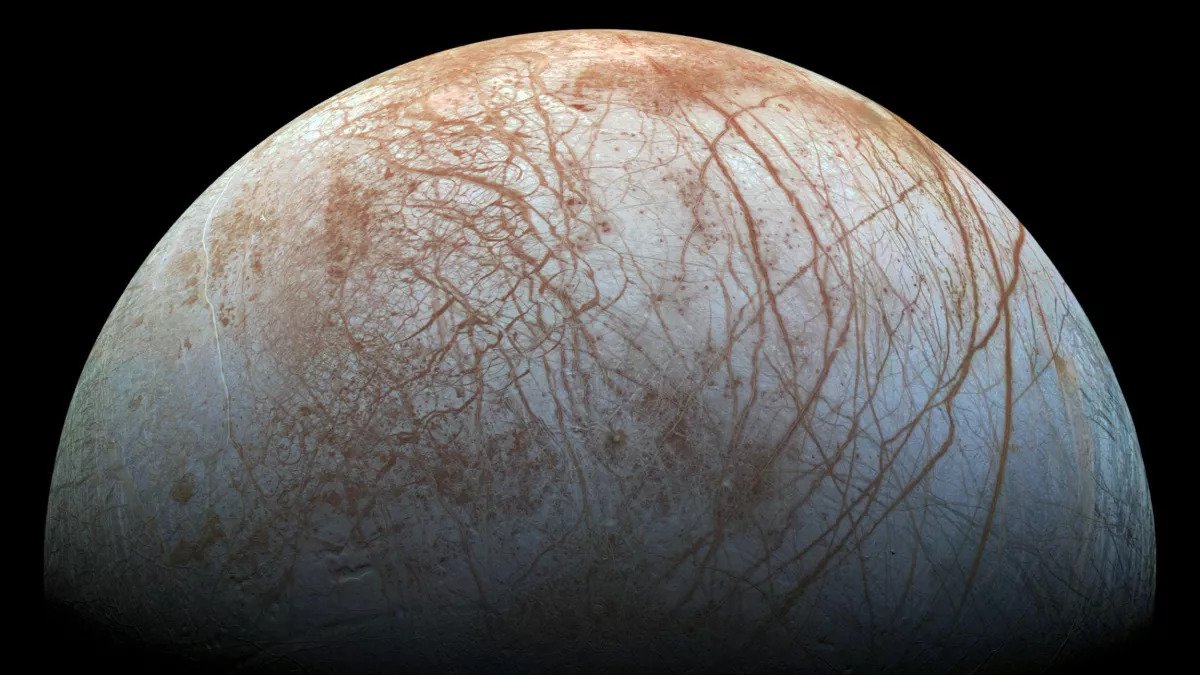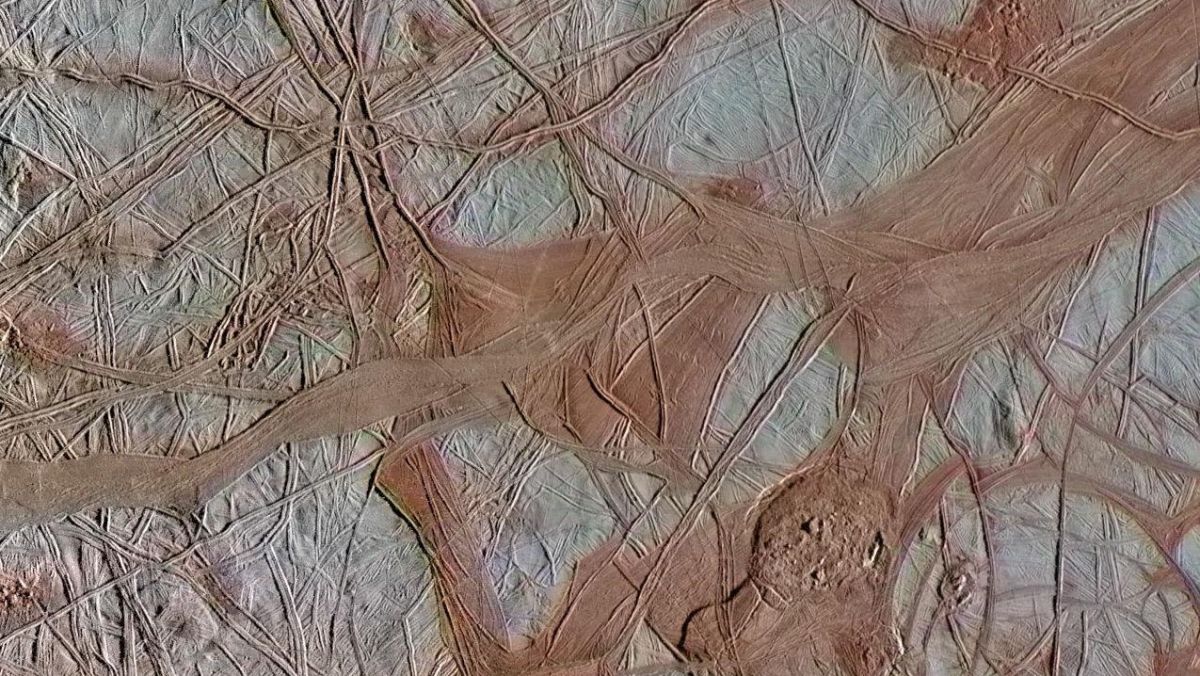On September 29, the Juno probe will fly 335 kilometers from the surface of Jupiter’s moon Europa. During the closest approach to this astronomical object in history, the device will try to look under its icy crust.

Europa’s close flyby
On September 29, NASA’s Juno spacecraft will make a close flyby near Europa. It will be the next stage in the detailed study of the moons of Jupiter, which became one of the main tasks of this probe in 2021 after it completed its main program of studies of the atmosphere and magnetic field of the giant planet.
To fulfill this program, Juno was already approaching Ganymede, the largest of Jupiter’s moons, in June 2021. Then the minimum distance to the surface of the body, which is larger than Mercury, was only 1038 kilometers. The results of these studies are still described in scientific articles.
But this time Juno should approach Europa by only 355 kilometers. This means that the device will be so close to this celestial body that even its wide-angle camera will be able to see not the entire disk of the moon, but only certain areas of its surface.
But even this will be very exciting, because there are a lot of strange landforms on it. For example, there are so-called chaos, because of which, as it is believed in the depths of Europa, oxygen can flow from its surface.
How to look under the ice
However, it is not the optical range camera that will become the main character when Juno makes a flyby near Europe. On board there is a microwave radiometer (MWR), which is able to perceive significantly higher frequencies than visible light.

Thanks to this, MWR will be able to look under the ice crust of Europa and see if there are any heat sources under it. As it is believed since the time of the passage of Jupiter by Voyager apparatuses, there is an ocean in the depths of this moon, in which life is quite possible.
At the same time, the ice crust of Europe is believed to be about 30 kilometers thick. Scientists plan to drill it in the future and launch an autonomous probe or the target of their flock inside.
What else will Juno be looking for in Europa
Also, MWR will look for water pockets in the ice. There are such in Greenland’s glaciers on Earth, and they are extremely rich in microscopic life. Currently, in Europa, they are the most likely place to find it.
Another mystery that Juno will try to solve is connected with the eruption of water vapor from the surface of Europa. Its geyser was observed by the Hubble Space Telescope in 2013. Later, traces of gaseous water were found by the spacecraft itself. But so far, not a single eruption has been observed up close.
There is nothing on Europa that resembles the “tiger stripes” on Enceladus. So, it is unclear where the steam can erupt from. Juno’s orbit around Jupiter is polar. That is, it will observe Europe from one pole to the other during the flight. The northern and southern regions of the moon will also be captured for the first time.
According to www.space.com
Follow us on Twitter to get the most interesting space news in time
https://twitter.com/ust_magazine

